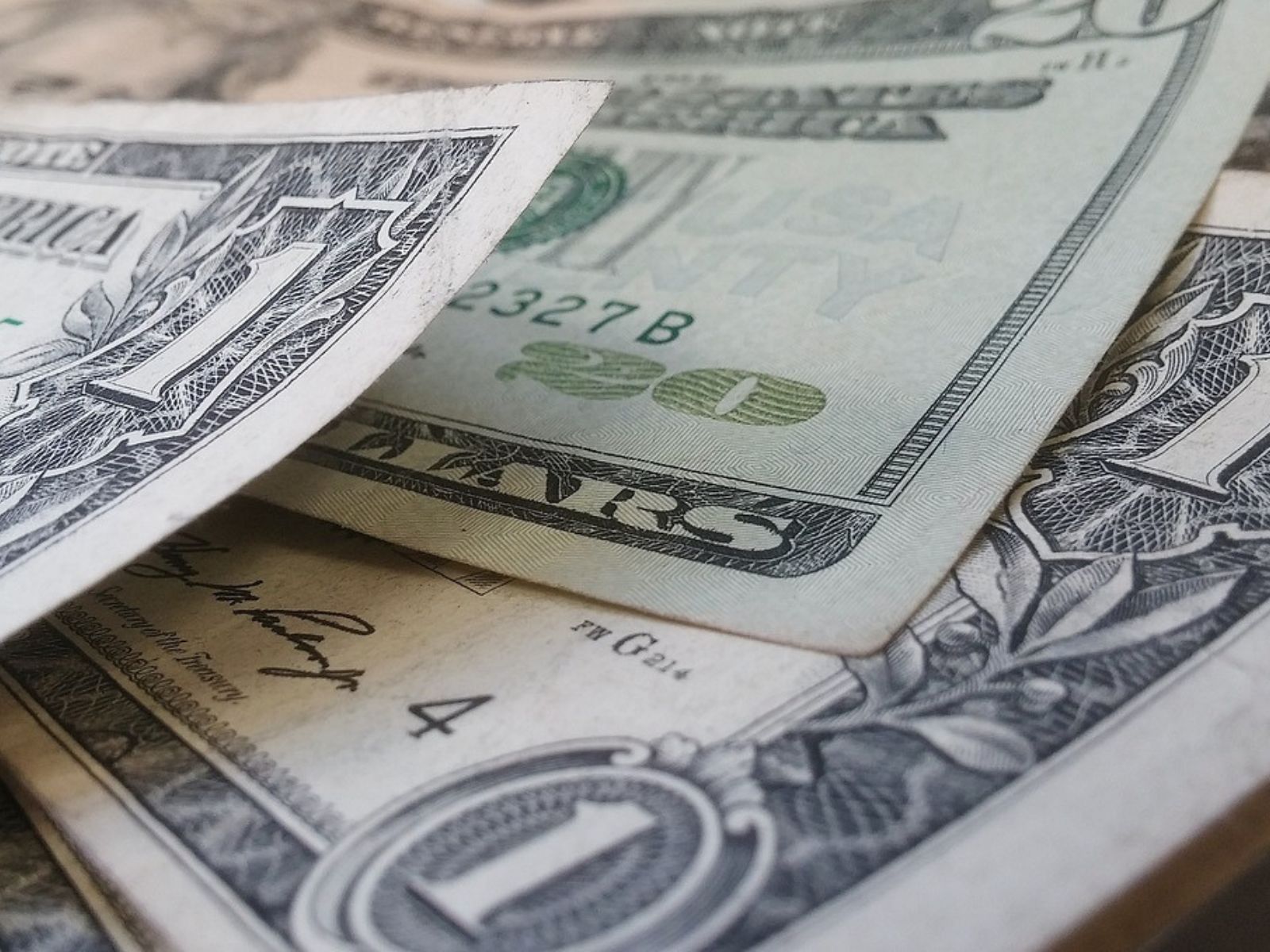A common trend when a state first launches legal adult-use cannabis sales is that products are initially more expensive compared to years after the launch of legal sales. There are two main contributing factors to the trend.
The first, which is pretty obvious, is that demand outpaces supply. When a state initially launches legal sales, the number of entities allowed to legally produce and sell cannabis is low, whereas the demand for cannabis remains strong regardless of if cannabis is legal or not. Eventually, as a market matures, more entities gain regulatory permission to produce and sell cannabis and supply increases.
A second factor is hype surrounding the launch of legal sales. For many consumers, getting their first chance to make a legal purchase of cannabis is exciting, and they are more willing to pay higher prices for products. As time goes on and some of the intrinsic value of making legal purchases wears off, consumers become more skeptical about paying higher prices for cannabis.
Ohio is the latest state in the U.S. to launch legal adult-use cannabis sales, and as expected, prices for legal products are high (no pun intended).
“The flower is about five times more expensive in Ohio right now, and edibles are almost double what’s available in Michigan,” states Keshar Ghimire, PhD, an associate professor of economics at the University of Cincinnati Blue Ash College according to local reporting by WCPO. “It’s not really surprising at all.”
“Pricing in Ohio remains relatively high compared to other states, with the average item price in July 2024 at $38.23. This is indicative of a premium market where consumers may be experiencing higher costs per unit compared to states like Michigan or Oregon, where average prices are significantly lower.” cannabis data company Headset stated about Ohio’s market leading up to the launch of adult-use cannabis sales.
“The state is estimating that tax revenue could be up to $206 million a year. Recreational marijuana products will be taxed 5.75% in state sales tax, and an additional 10% excise tax.” stated 10WBNS in its local coverage about Ohio’s industry and tax rates. The revenue is earmarked for 4 funds according to the local media outlet:
- 36% of the funds will go towards cannabis social equity and jobs fund.
- 36% will go toward host community cannabis fund.
- 25% to substance abuse and addiction fund.
- 3% to the Division of Cannabis Control and tax commissioner fund
The United States adult-use cannabis industry has generated over $20 billion in total tax revenue since the first legal recreational cannabis purchase was made in Colorado on January 1st, 2014 according to a report by the Marijuana Policy Project.
“Through the first quarter of 2024, states have reported a combined total of more than $20 billion in tax revenue from legal, adult-use cannabis sales. In 2023 alone, legalization states generated more than $4 billion in cannabis tax revenue from adult-use sales, which is the most revenue generated by cannabis sales in a single year.” the Marijuana Policy Project stated in a press release.
79% of people living in the United States lived in a county with at least one regulated cannabis dispensary according to an analysis by the Pew Research Center. The Pew Research Center also found the following:
- 74% of people in the U.S. live in a state where recreational or medical cannabis is legal
- There are nearly 15,000 cannabis dispensaries in the U.S.
- California has the most overall dispensaries (3,659)
- Oklahoma has the most dispensaries per capita (36 dispensaries for every 100,000 residents)
Total legal cannabis sales in the United States are expected to reach $31.4 billion in 2024 according to a recent analysis by Whitney Economics. Additionally, leading cannabis jobs platform Vangst, in conjunction with Whitney Economics, estimates that the legal cannabis industry now supports 440,445 full time-equivalent cannabis jobs in the United States.
Whitney Economics also projects the following legal cannabis sales figures in the United States for the coming years:
- 2024: $31.4 billion (9.1% growth from 2023)
- 2025: $35.2 billion (12.1% growth from 2024)
- 2030: $67.2 billion
- 2035: $87.0 billion
The emerging legal cannabis industry in the United States is projected to add roughly $112 billion to the nation’s economy in 2024 according to an analysis by MJBiz Daily. The projection is part of the company’s 2024 MJBiz Factbook.
“The total U.S. economic impact generated by regulated marijuana sales could top $112.4 billion in 2024, about 12% more than last year,” MJBiz stated in its initial reporting.

